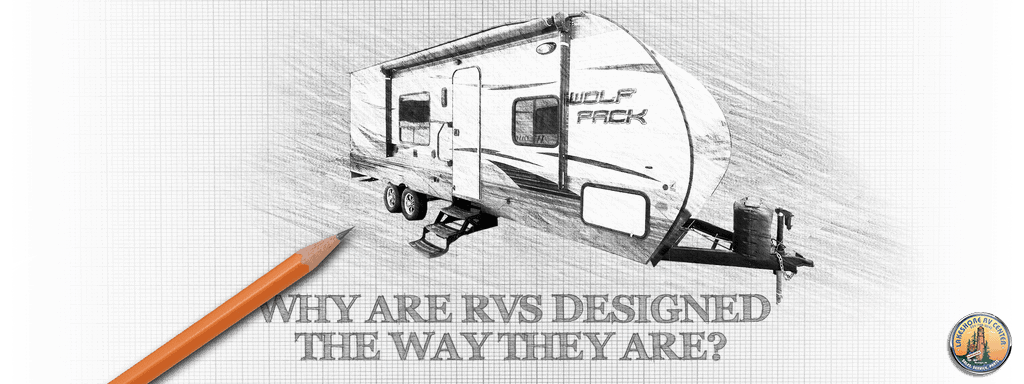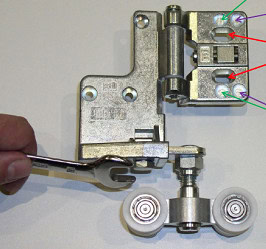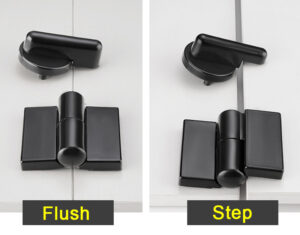Have you ever noticed while on the road, the placement of trailer doors? It sparks curiosity. Why, in many regions, especially in countries with right-hand drive systems, are trailer doors predominantly on the passenger side? This isn’t a mere coincidence; it’s deeply rooted in practicality and safety.
The short answer: It’s primarily about safety and convenience. Having the trailer doors on the passenger side, in regions where vehicles drive on the right, ensures safer access away from oncoming traffic.
But that’s not the end of the story. There’s an intricate blend of design, engineering, and traffic considerations that went into this seemingly simple decision. Stay with me, and we’ll unpack this piece by piece.

Historical Context and Design Philosophy
Historically, trailers and other similar vehicles have been designed with user safety and convenience in mind. The placement of doors, especially on trailers which often need to be accessed frequently during loading and unloading, plays a significant role in ensuring this safety.
In countries where driving is on the right side of the road, it’s intuitive to have doors on the right side (passenger side) of the trailer. This allows the driver or the operator to safely step out and access the cargo without facing the hazards of oncoming traffic. This choice wasn’t made overnight; it’s the result of years of design evolution focusing on human-centric design.
Traffic Flow and Safety Concerns
Imagine you’re a driver who has pulled over to the side of the road, and you need to access the trailer. If the door is on the driver’s side, you’d be dangerously close to the flow of traffic when the door is open. By positioning the door on the passenger side, the risk of accidents is greatly reduced.
Moreover, during stops at rest areas or parking zones, having the trailer door on the passenger side makes it easier to align with loading docks or similar structures. This facilitates smoother operations, especially in busy areas where efficiency and safety are paramount.
Additional Practical Considerations
There are other practical reasons too. For instance, consider the angle and the view the driver has when reversing the trailer into a parking spot or a loading bay. With the door on the passenger side, the driver gets a better view and angle, allowing for more precise and safer maneuvering.
Furthermore, for trailers with refrigeration units or other machinery, these units often sit on the driver’s side. Having doors on the opposite side ensures that access to the trailer’s contents is unhindered, making operations seamless and hassle-free.
Conclusion
In essence, the positioning of trailer doors on the passenger side isn’t a random choice. It’s a culmination of years of design evolution, taking into consideration traffic flow, driver safety, and operational efficiency. In a world that is continually evolving and where road safety is paramount, such design decisions play an essential role in ensuring every road user’s wellbeing.
You might also be interested:







